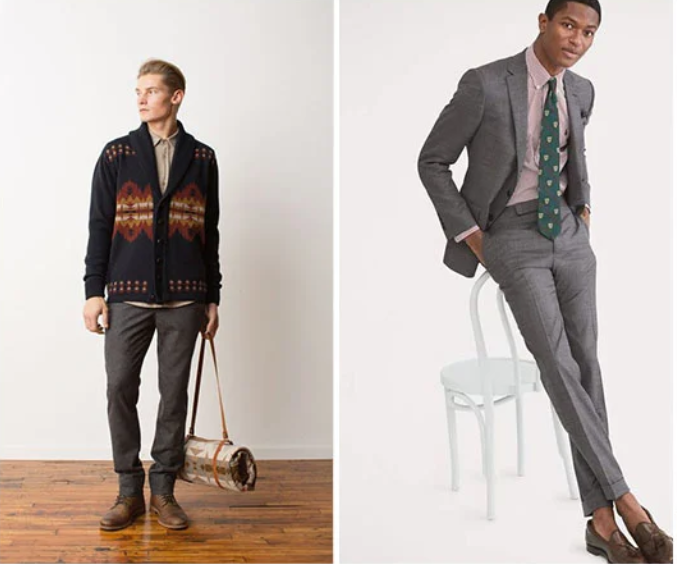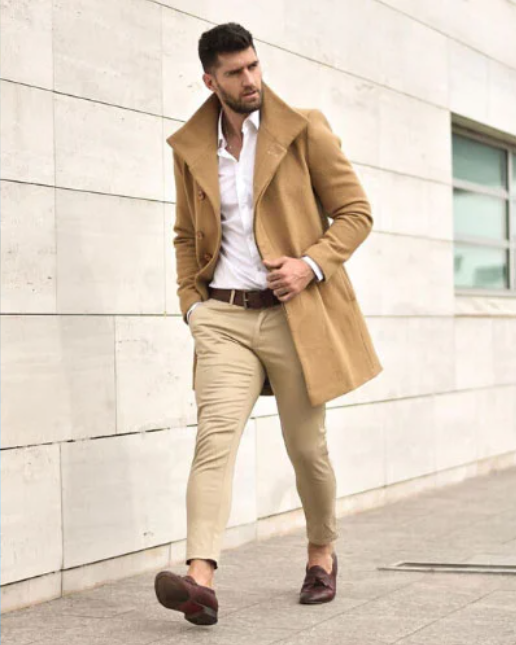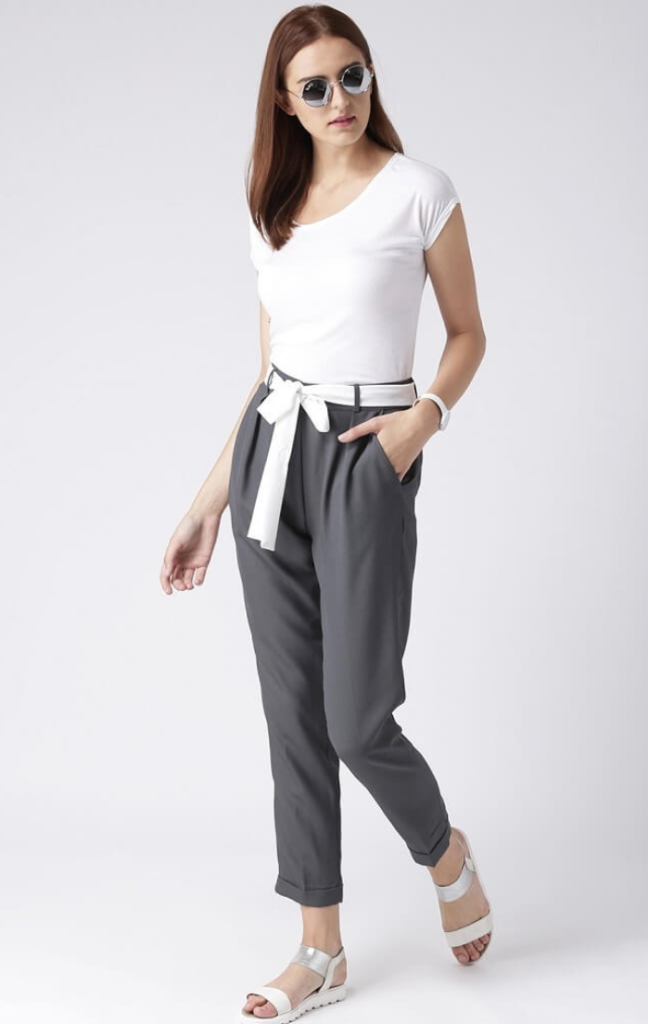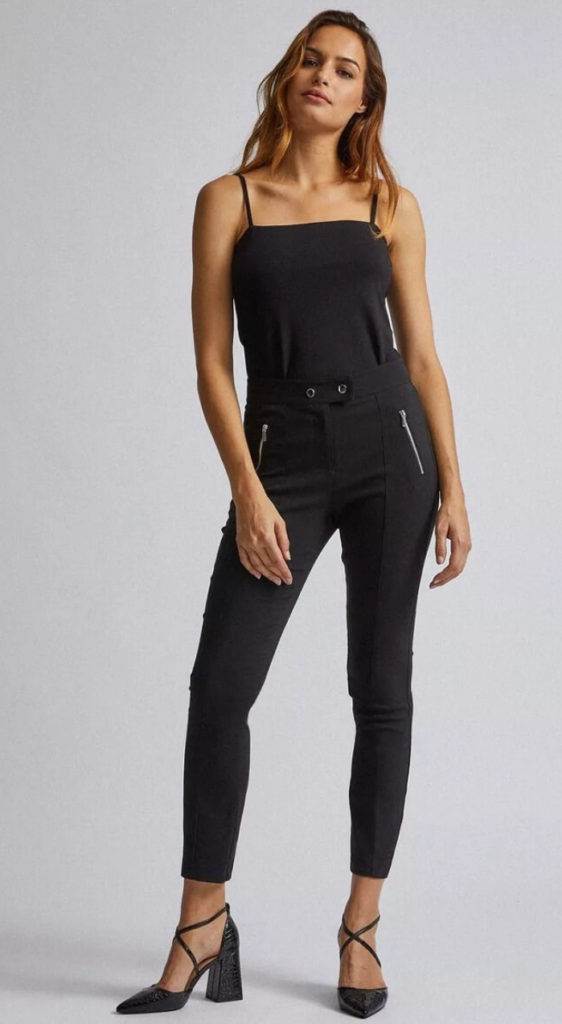Physical therapists have one of the most clinically diverse working environments of any healthcare profession. This lends itself to the question of what should a physical therapists wear? A therapist can work in a hospital, for a sports team, in an outpatient facility, or even in a school. Each one of these environments require their own dress code.
After considering the attire of a physical therapist given their specific environment the next question may be what is the most comfortable or maybe the most stylists while still being functional. In this article we will hit these topics as well as touch on how what you wear may effect patient outcomes.
What Do Patients Prefer Their Doctors To Wear?

Patients preference in their practitioners attire while it may seem trivial will in fact have an effect on their outcomes from treatment. It has been well documented the power of the placebo effect. Where the preconceived thoughts of the patient can have both a positive and negative effect on the overall outcome of the physical therapy intervention.
A survey (1) delivered to 193 subjects from a variety of facilities found that patients preference for their physical therapists attire was dependent on the setting.
Overall patients most preferred attire were scrubs whereas the least preferred attire was a business suit.
Patients in the outpatient setting preferred a collared polo shirt and khakis, but patients in acute care, rehab, and skilled nursing facilities preferred scrubs.
What should a physical therapist wear?
Based on the previously cited study and the dress codes seen across the majority of employers, physical therapists in the outpatient setting should wear a combination of khakis, dress pants, polo shirts, button ups, and blouses. Scrubs may be appropriate depending on the patient population. Therapists in acute care, SNF, etc will find it more functional and appropriate to wear scrubs.
Physical therapists should wear clothing that is (1) functional and allows them to perform their job duties comfortably while keeping both the patient and therapist safe. (2) In clothing that is going to have the most positive impact on the outcomes for the patient.
Physical therapists work in a variety of settings each requiring a unique attire. Settings include but aren’t limited to: hospitals, outpatient, skilled nursing, sub-acute, home health, education, research, schools, and athletic facilities.
Do to the variety of settings and the hands-on treatment approach, clothing must balance functionality, comfort and professionality.
Therapists should consider both placebo and nocebo effects of the clothing they wear and how it will effect the outcomes of their treatment plans.
It is trendy for therapists specifically in the outpatient and athletics setting to dress in athletic shorts and form fitting collard shirts similar to that of personal trainers or strength coaches. There is mixed opinions on this and could result in positive effects for younger patients who prefer more casual dress or have a negative effect on the perceived professionality and competence of DPT’s.
What Do Physical Therapy Interns Wear?
Every physical therapy program is going to require their students to wear professional dress while on internships. Examples of professional dress include, but are not limited to, long or short sleeve shirt with a collar, pullover shirt or light jacket with a collar, khakis or other slacks, and any appropriate closed toe shoes .
If you are interning in the hospital setting you may be required by hospital policy to wear scrubs and/or full personal protective equipment.
What kind of pants do physical therapist wear?
Men who are required to wear pants (not scrubs) typically wear one of the following.
Chinos

Trousers

Khakis

Women will have their fair share of options as well, here are a few examples.
Dress pants

Pegged pants

Chinos

Treggings

No matter what kind of pants the therapist wears the most important factor to consider other than style is comfort and functionality. Physical therapy is a very active profession that requires lifting, squatting, lunging, crawling, you name it. The pants must be able to move with the therapists while still being comfortable and not ripping.
What kind of shoes do physical therapists wear?
Physical therapists can/will wear many different types of shoes all based on their personal style and comfort. Therapists in the hospital setting will nine times out of ten wear some form of running/walking shoe. This choice blend over with outpatient therapists as well, with many of them also sporting some sort of walking/running shoe.
Outpatient therapists choice of shoes may differ based on the therapist or the facility. Many clinics will not allow their therapists to wear casual shoes so then it is expected they will opt for a more formal dress shoe that is closed toed.
Why Do pts wear scrubs?
Physical therapists wear scrubs due to the demands of their job. Therapists mainly wear scrubs in the hospital setting where it isn’t uncommon to be exposed to bodily fluids and scrubs are designed to be worn in such situations. The hospital is one of the most active environments for therapists where almost every interaction requires heavy lifting, flexible movement, and compartments to hold items such as goniometers and pulse oximeters. Scrubs lend themselves well for this task because of their flexible and loose fit, combined with many big pockets.
Do physical therapists wear white coats?
Physical therapists are given white coats during their education and clinical training and technically could wear it while treating patients. Most physical therapists do not wear their white coats while treating for many reasons. Reasons could be but are not limited to limiting confusion between MD’s and therapists, infection control, and functionality.
In in-patient settings 75% of MD’s typical uniform is their white coats (2), this is to easily identify them with their colleagues and patients, also to hold onto items needed for examination. Physical therapists do not wear their white coats to avoid confusion.
Physical therapists are engaged in close proximity physical interactions with multiple patients per day and go from room to room working with patients with many different disease and disorders. In order to prevent the spread of disease and infection it is not advised that therapists wear a white coat.
Lastly, given the mobility required to work with patients a white coat is too limiting in movement to be a practical uniform for the therapists.
With all that being said the therapist tends to keep their white coat as symbolism for the academic achievement they have acquired through their years of schooling.
Resources
(1) Ingram D, Fell N, Cotton S, Elder S, Hollis L. Patient preference, perceived practicality, and confidence associated with physical therapist attire: a preliminary study. PTJ-PAL. 2011;2-8
(2) Farraj, R, and J H Baron. “Why do hospital doctors wear white coats?.” Journal of the Royal Society of Medicine vol. 84,1 (1991): 43. doi:10.1177/014107689108400116

